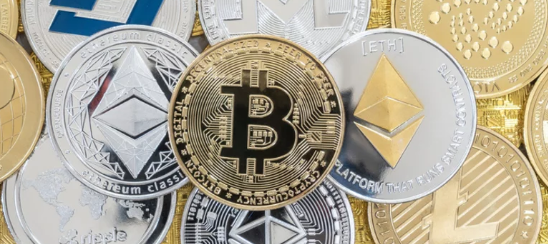Money is something we all use every day, but not all money is the same. Traditional currencies like the U.S. dollar, euro, or yen have been around for centuries, while cryptocurrency is a modern digital invention that only emerged in 2009 with the launch of Bitcoin. Both serve the same basic purpose—allowing people to buy, sell, and store value—but they work in very different ways.
In this guide, we’ll break down the key differences between cryptocurrency and traditional money to help you understand how they compare.
What Is Traditional Money?
Traditional money, also called fiat currency, is government-issued currency like dollars, euros, or pounds. It has value because people trust the government and central banks that issue it.
- Examples: U.S. Dollar (USD), Euro (EUR), Japanese Yen (JPY).
- Issued and controlled by: Governments and central banks.
- Backed by: Trust in the issuing authority, not physical assets like gold.
What Is Cryptocurrency?
Cryptocurrency is a type of digital money that exists only online. It is secured by cryptography and runs on blockchain technology. Unlike traditional money, cryptocurrencies are not controlled by governments or banks.
- Examples: Bitcoin (BTC), Ethereum (ETH), Litecoin (LTC).
- Controlled by: Decentralized networks of computers.
- Backed by: Technology, scarcity, and user demand.
Key Differences Between Cryptocurrency and Traditional Money
1. Centralization vs. Decentralization
- Traditional Money: Controlled by governments and central banks, which can print more money or change interest rates.
- Cryptocurrency: Decentralized, meaning no single authority controls it. Transactions are verified by a network of computers.
2. Physical vs. Digital Form
- Traditional Money: Exists in both physical form (cash, coins) and digital form (bank balances).
- Cryptocurrency: 100% digital and stored in online or offline wallets.
3. Supply Control
- Traditional Money: Governments can print unlimited amounts, which may cause inflation.
- Cryptocurrency: Most have fixed supplies (e.g., Bitcoin is capped at 21 million coins). This scarcity can increase value over time.
4. Transaction Speed and Cost
- Traditional Money: Bank transfers and international payments can take days and often include high fees.
- Cryptocurrency: Transactions can be completed in minutes, often at lower costs, especially across borders.
5. Transparency and Security
- Traditional Money: Transactions are recorded by banks but are not fully transparent to the public.
- Cryptocurrency: Transactions are recorded on a public blockchain, making them transparent and nearly impossible to alter.
6. Value Stability
- Traditional Money: Generally stable, though inflation can reduce purchasing power over time.
- Cryptocurrency: Highly volatile—prices can rise or fall dramatically in short periods.
7. Accessibility
- Traditional Money: Requires access to banks and financial institutions.
- Cryptocurrency: Accessible to anyone with an internet connection, making it useful in regions with limited banking.
Advantages of Traditional Money
- Widely accepted everywhere.
- Stable value compared to crypto.
- Backed by government regulation and trust.
- Easy to use in daily life.
Advantages of Cryptocurrency
- Fast global transactions.
- Lower transaction fees.
- No central authority—more financial freedom.
- Potential for investment growth.
The Future: Coexistence or Competition?
Cryptocurrency is not here to fully replace traditional money—at least not yet. Instead, the two may coexist. Many governments are even working on Central Bank Digital Currencies (CBDCs), which combine features of traditional money with blockchain technology.
As digital payments grow and trust in blockchain increases, cryptocurrencies may play a bigger role in everyday life alongside traditional money.
Conclusion
The biggest difference between cryptocurrency and traditional money lies in control and design. Traditional money is centralized and backed by governments, while cryptocurrency is decentralized and powered by technology.
Both systems have strengths and weaknesses, and understanding these differences helps you see where the future of money might be headed.





